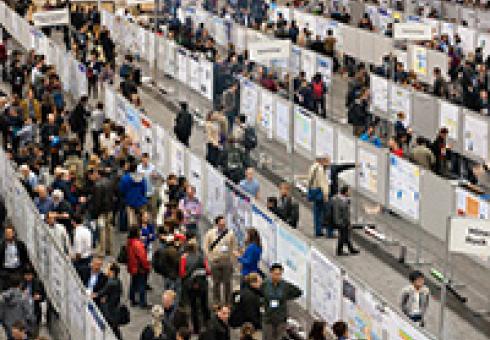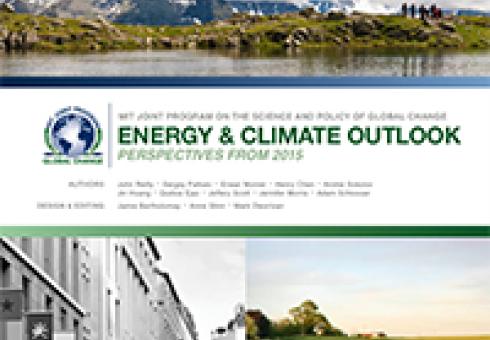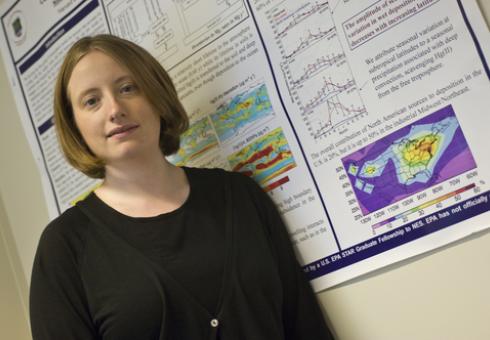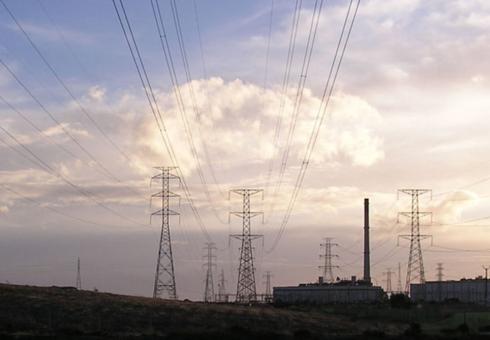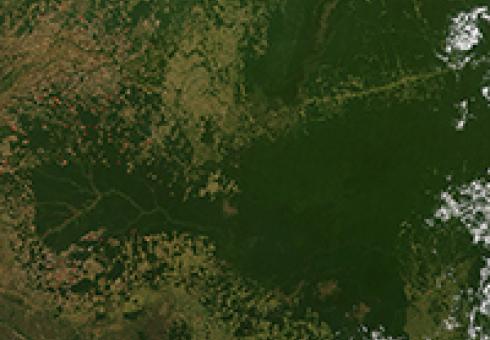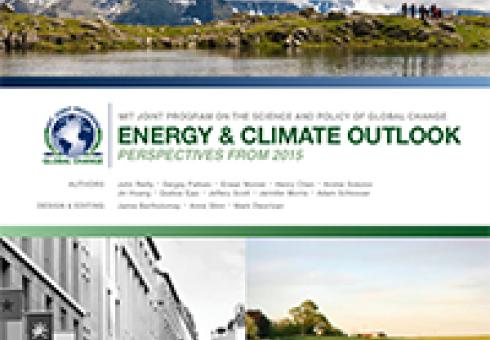News Releases
Recent Event
MIT Energy Night
The CECP Team presented our ongoing work at the annual MIT Energy Night, which was held Friday, October 16, 2015, at the MIT Museum. This public event showcases energy-related activities at MIT, including presentations from research laboratories, student groups, and early stage energy startups based on technologies developed at MIT. The CECP team interacted with a broad audience of scholars, policy makers, business professionals, and students interested in learning more about our ongoing work. For more information, please see http://mitenergynight.org/.
Photos from the event:



